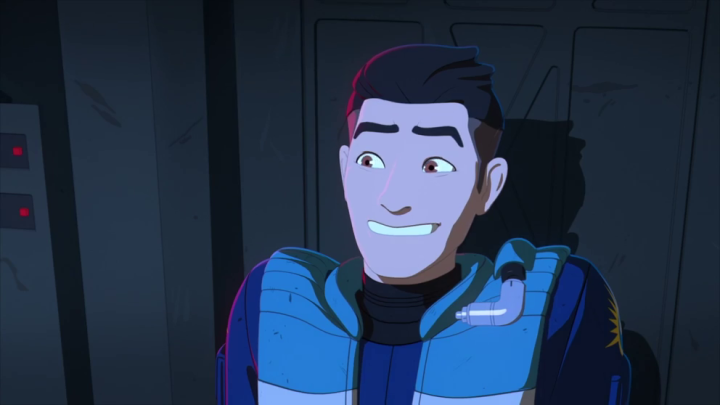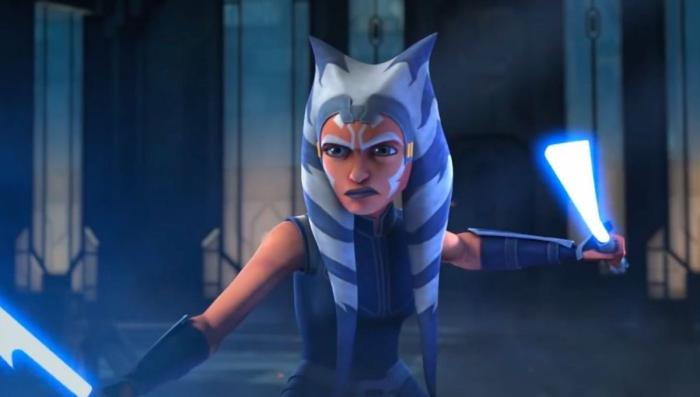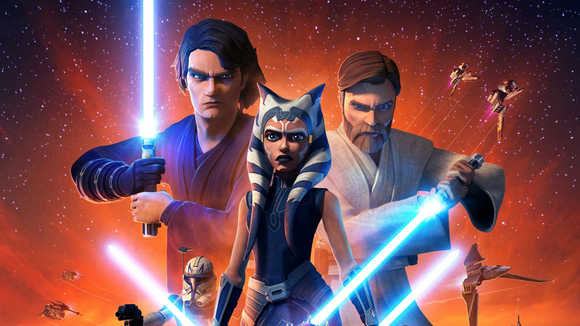Thanks to popular demand, The Clone Wars animated series is currently resurrected and running it’s seventh and final season on Disney+. After the Mouse House acquired Lucasfilm, the series was cancelled midway through the sixth season in favour of working with a blank slate going forward and shifting priorities. The reaction did not go over well with fans, who have come to adore the series. The series was thankfully renewed in order to give fans the ending the show deserved. But that’s a far cry compared to when the series first debuted as a motion picture back in 2008.
After the prequel trilogy finished, it was announced that a CG animated film would be coming to the big screen to help fill in the gaps between Attack of the Clones and Revenge of the Sith. On paper, this sounded great-especially after the acclaimed series Star Wars: Clone Wars by Genndy Tartakovsky premiered in 2003. That offering boasts a 95% on Rotten Tomatoes, so naturally, people were excited for more Clone action. Instead, fans got an abomination.

Not even two months after the release of the movie, the television series followed suit. I can only imagine the stress Dave Filoni and his team felt going into the launch of the show after the reviews came out. Would fans turn out for more Clone Wars? Personally, I didn’t. For many years due to the bad word of mouth around the movie. Many people discouraged me from watching the show after having seen the movie. But something unexpected happened. The first season actually got some decent reviews. Nothing earth-shattering, but positive none the less. Something was changing.
Over the years, the show would go on to tell some of the best stories available in the entire Star Wars history. The structure of the show allowed for micro arcs of one to four episodes to be told over the course of the season, allowing for a lot of growth around a particular group of characters. As the show progress and the war continued, the show became much more nuanced and darker, with less emphasis on being “kid-friendly”. Sure, kids can still watch the show, but the writers never treat it as a kids show, unlike Star Wars Resistance, say.


Things also aren’t so black and white. Just look at the Darkness of Umbara arc in season four. A group of clones follow their Jedi General into battle, but he constantly makes dumb decisions that are getting clones killed recklessly. Do the clones disobey orders? Are they allowed to have free will and protect themselves or do those orders stand no matter what? What are the consequences for engineered soldiers? Why is a tactically incapable Jedi in command? It’s all fascinating…and incredibly mature. This is one of the few arcs that I would not recommend for younger viewers.
I’d say the show really started to find it’s placed with fans and becoming iconic around season three when it ceased in becoming strictly a kid show and began diving into bigger picture themes. The Mortis Arc, for instance, is out there, weird, wild and yes, dark. We began seeing new and unusual things that weren’t just part of the actual war effort.
The show actually does a great job of making Anakin’s arc in the live-action movies that much more compelling. We buy into his fall from light much better thanks to the show. We also gain more insight into the war and now it wasn’t so black and white. There were heroes on both sides as well as villains. Season seven is off to a great start thus far and the entire show is available on Disney+. If you can power through the acceptable first season, you’ll find a rewarding show as it goes on. A far cry from the film that was released in 2008.

23 thoughts on “How ‘The Clone Wars’ Went From Zero To Hero – ScreenHub Entertainment”